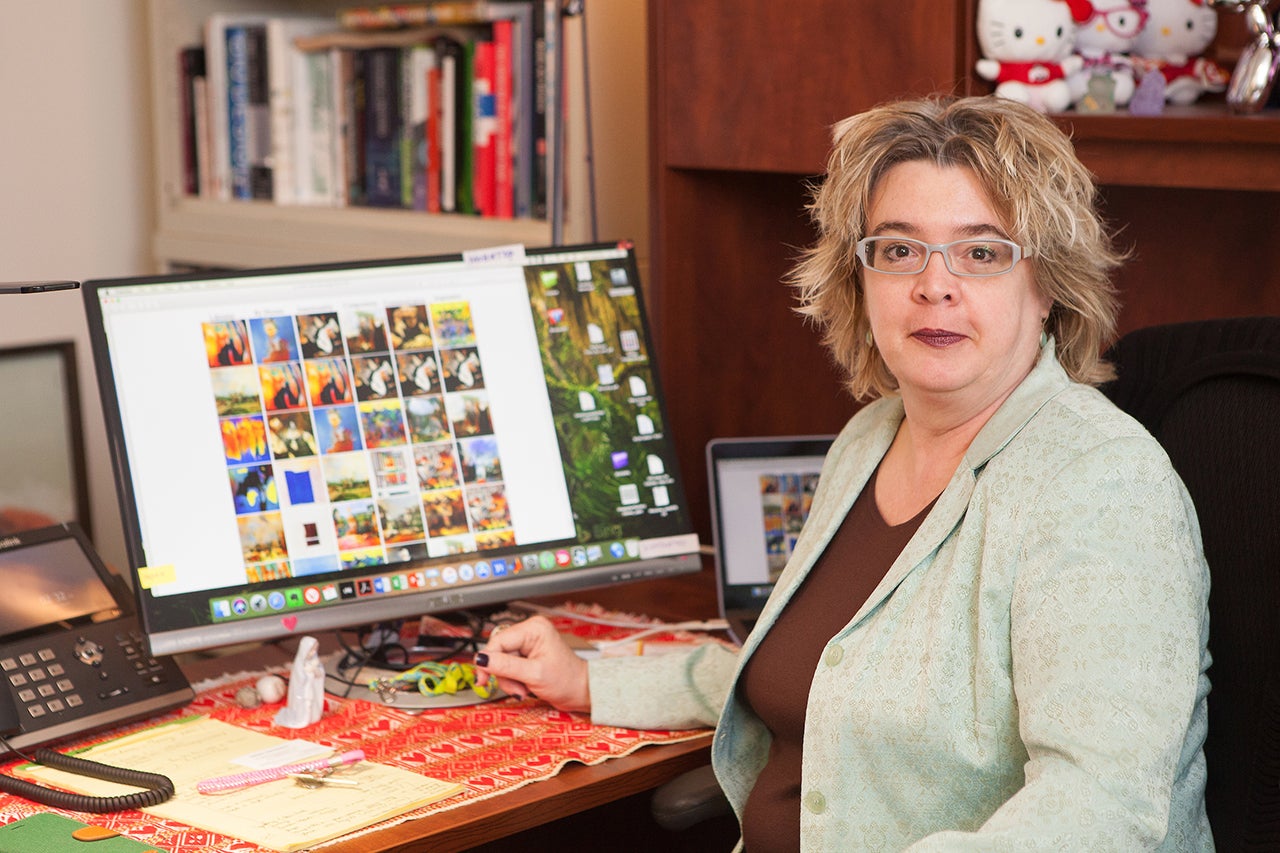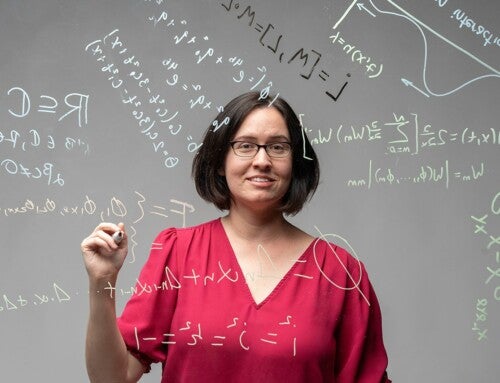We rely on computers for most everything today: directions, communication, love connections, just to name a few. But what about art? Can a medium at the core of human expression be mastered by a computer? That’s what College of Charleston professor and art historian Marian Mazzone, in partnership with a team of computer scientists, has worked on for the past four years.
It all started when Mazzone read an article by Ahmed Elgammal, a computer science professor at Rutgers University, who was studying how a computer looks at art and if the machine can categorize and analyze the visual works.
“Art is very complicated,” says Mazzone, “but that’s why computer scientists are interested in art, because it presents a very complicated problem to solve.”
Intrigued, Mazzone sent Elgammal an email saying that as an art historian, she could see some things that he wasn’t thinking about and suggested some other questions he should be asking. Elgammal was interested in what Mazzone had to say, and the correspondences kept going. She ultimately joined the Rutgers-based Art and Artificial Intelligence Lab as the only art historian on a team of computer scientists.
One question the group set out to answer was how they could assess the creativity and novelty of artists’ works. They were interested in studying how art changes over time and if they could gauge how long it takes popular styles to move in and out of fashion. Mazzone says, “We wanted to know if there was a certain level where people begin to lose interest in seeing a certain style and want change or if artists lose interest and begin to try something new. How does that happen? When does that happen? How can we look for that?”
That ultimately led the team to this question: What is the process of novelty/change, and can we model that on a computer?
The team fed two networks thousands of images of art. One network was asked to analyze the works as to whether or not it was art and the other was asked to “do something different.” This type of algorithm, known as a generative adversarial network (GAN), utilizes two networks working together to present a question and answer it. The algorithm used to generate creative content is referred to as a Creative Adversarial Network.
The result was some pretty creative art. Shown to audiences, the works were indistinguishable from art made by humans, and were actually ranked as more appealing than “real” art in some instances.
Robots aren’t taking the place of painters any time soon, however, says Mazzone.
“There are different reasons why a human makes art and there are different reasons why a machine would make art,” says the professor of modern and contemporary art. “We can’t train a machine to make art that has emotional or psychological context. Machine-learning researchers are coming at this with very different goals. We use human art to teach the machine, but we’re not interested in creating a process that would rival human work.”
To learn more, check out the team’s latest research, “The Shape of Art History in the Eyes of the Machine.”





